Caterpillar Cafe: Grow Host Plants to Attract Caterpillars
Updated: Nov. 16, 2023
Support the next generation of butterflies by nurturing caterpillar host plants for hungry larvae. Design a garden to feed caterpillars.
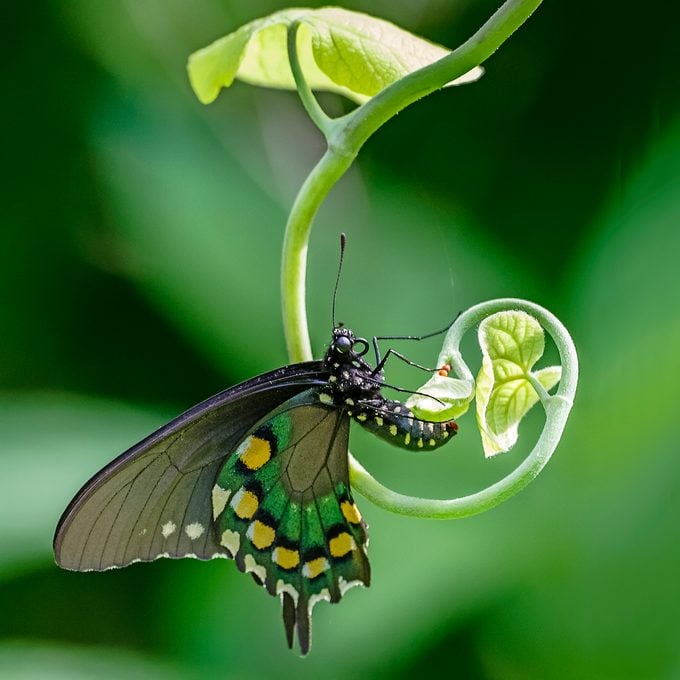
Butterfly gardening is gaining popularity, and with good reason! Any flower garden instantly becomes more interesting when winged beauties stop by to sip sweet nectar from the blooms. But the fluttering adults represent just one stage in the life of a butterfly. To support a healthy population of these colorful pollinators, it’s key to provide caterpillar host plants, as well. With a little extra effort, you can grow a caterpillar café!
Nectar Plants vs Host Plants
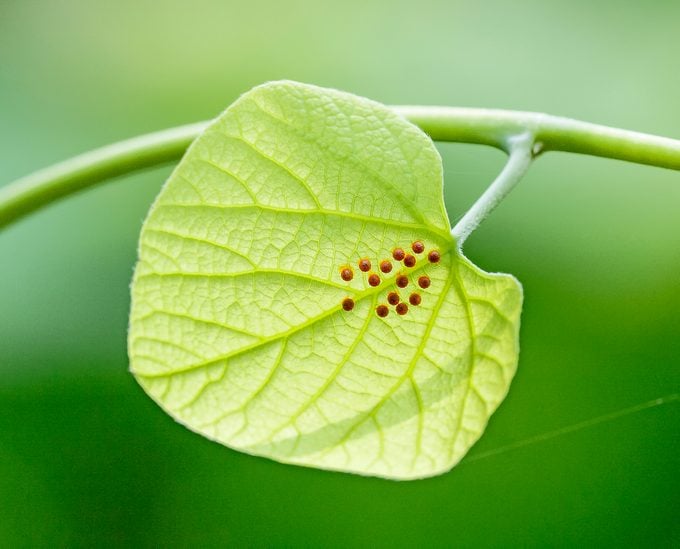
Most adult butterflies are attracted to flowers, and many sample from an array of blooms, as long as they have a good nectar supply and enough space to land. Popular choices, such as coneflowers, zinnias or verbenas, may get visits from dozens of butterfly species.
But when it comes to caterpillar host plants, it’s a different story. The larvae of most butterfly species are very particular and will feed on only a few kinds of plants. Plus: Where do caterpillars come from?
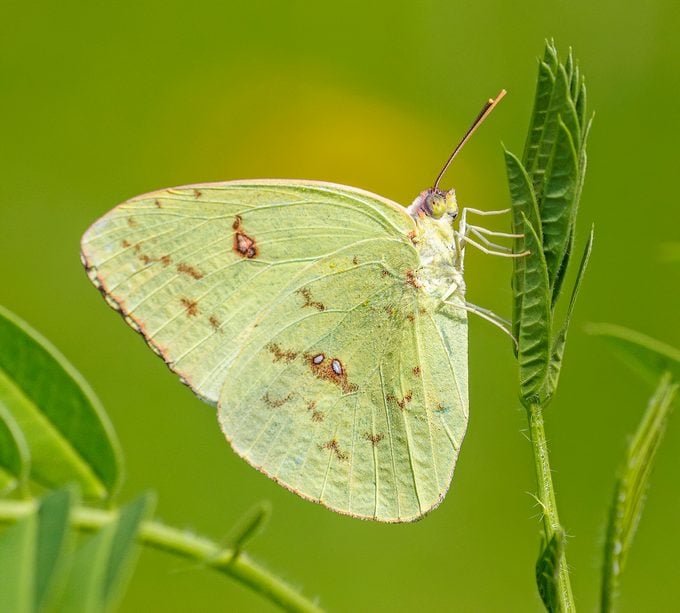
For example, monarch caterpillars are famous for munching solely on milkweeds. Many people now plant milkweeds to support these orange-and-black fliers, but those plants are no help for the vast majority of butterflies that can’t digest milkweeds. So while it’s possible to attract many kinds of adult butterflies with just a few nectar plants, growing caterpillar host plants requires more attention and variety.
Discover the truth about common butterfly host plant myths.
Be a Good Caterpillar Host
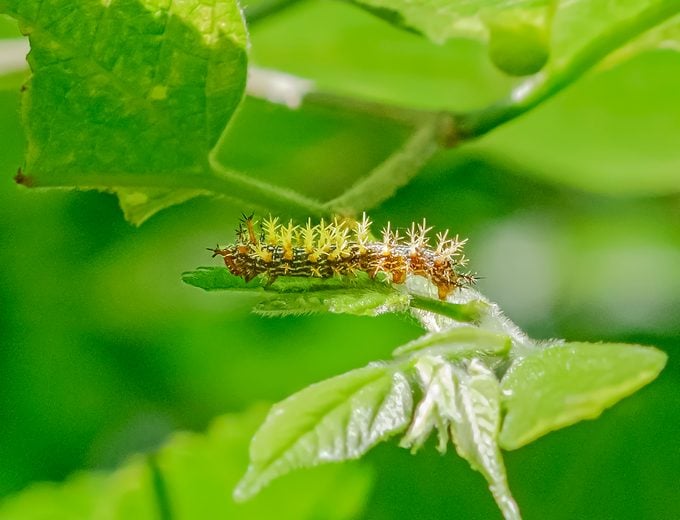
To boost your success in hosting butterfly larvae, find a good native plant nursery in your region, and talk with the staff about the possibilities for your garden. Although there are exceptions, local native plant species almost always make the best hosts for nearby butterflies. It’s also important to remember that butterflies are insects, so it’s essential to avoid using pesticides in any space that’s intended to attract them.
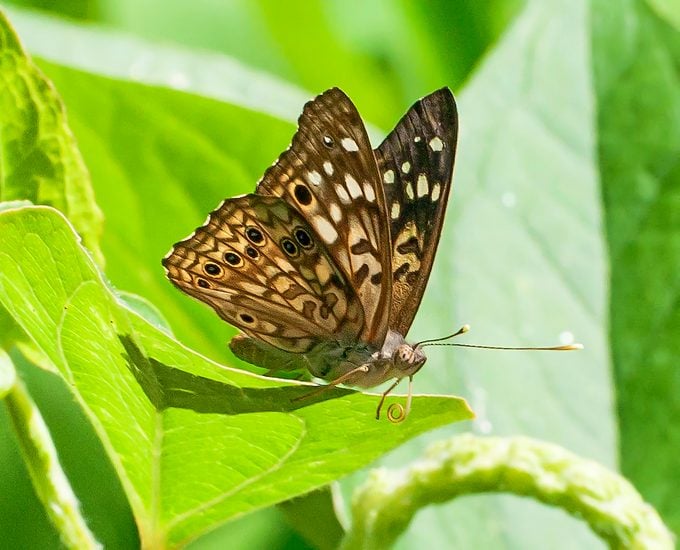
Low-growing plants should be located where you can skip mowing them. And don’t tidy up the garden too much in winter, because some butterfly species may be sleeping through the cold months as half-grown larvae or pupae that are hidden away among the fallen leaves and dried stalks.
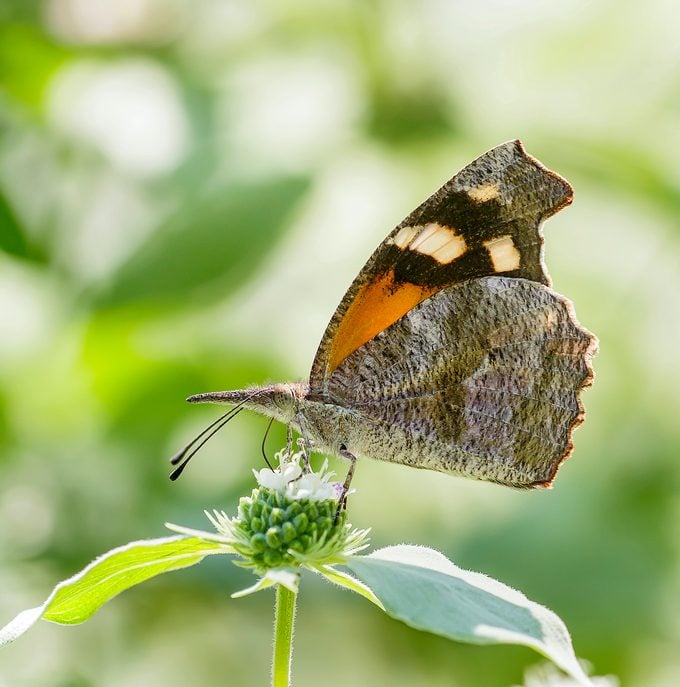
The host plants for butterflies range from herbs to small weeds to full-size trees. With some planning, you can work at least a few of them into almost any size of garden or yard. Try some of these plant picks that help multiple butterfly species.
Flowers and Ground Covers
Asters
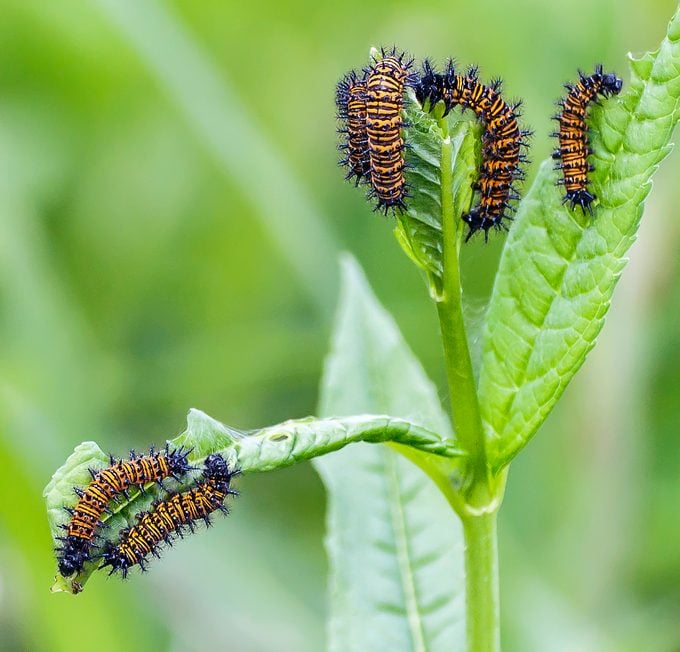
Larvae of the pearl crescent butterfly, a small gem that’s common east of the Rockies, feed on the leaves of native asters. The larvae of several other crescents and checkerspots enjoy this plant as well, and the flowers provide nectar for adults.
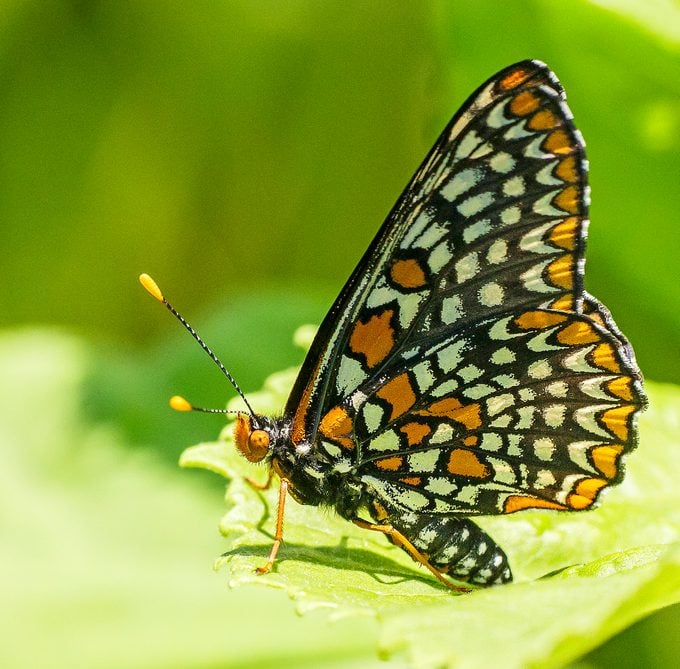
Frogfruit
Attractive but inconspicuous as a ground cover, frogfruit hosts several butterflies, including common buckeye, white peacock and phaon crescent, in the southern states.
Grasses

Many skipper butterflies use grasses as their host plants. In fact, one whole subfamily of smaller orange species is referred to as grass skippers. Many satyr butterflies, such as common wood-nymph and little wood satyr, also feed on grasses. Some larger grasses make great accent plants in gardens, and others can be used in a section of yard that is left unmowed for the season.
Nettles
The stinging hairs of these plants make them a poor choice for most flower beds, but try growing them in a wilder section of a yard. Nettles serve as host plants for several beautiful butterflies, including red admiral, eastern comma and Milbert’s tortoiseshell.
Violets
Many species of fritillaries rely on violets as their sole host plant across Canada and the northern and central U.S.
Trees, Shrubs and Vines
Oak
Native oaks are the host plants for a variety of butterfly larvae, including California sister, banded hairstreak, white-M hairstreak, Colorado hairstreak and some of the dark skipper butterflies known as duskywings. Oaks also support birds and other wildlife, in addition to serving as host plants for many kinds of moth caterpillars.
Passion Vine
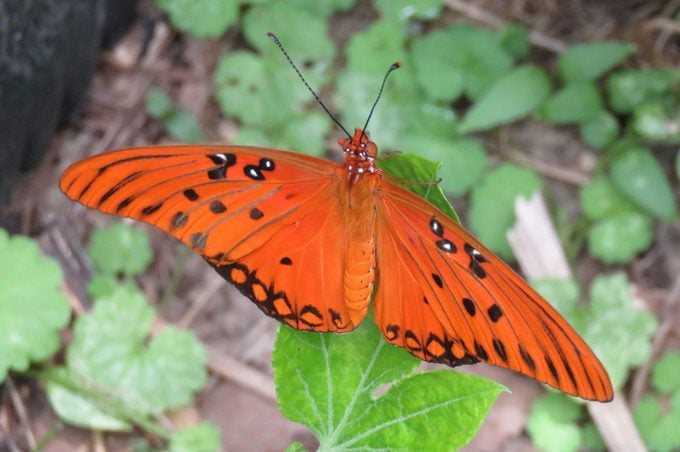
In warm climates where these vines grow well, they are host plants for some tropical and subtropical butterflies, including zebra heliconian, Julia heliconian, Gulf fritillary and variegated fritillary.
Willow
Most native willows require wet soil in order to thrive and can have aggressive root systems, so they won’t work on every property. But planted near a pond or water feature, willows will host caterpillars of the viceroy butterfly (the smaller mimic of the monarch), in addition those of the mourning cloak, red-spotted purple, white admiral, Lorquin’s admiral and even the western tiger swallowtail.
In total, hundreds of plant species are hosts for North American butterflies. But if you grow some of these top picks, you might get to watch the fascinating development of the caterpillars as they grow, pupate and emerge as beautiful winged adults. And in return you’ll be helping support the survival of these wonderful garden delights.
Bonus Plant Picks
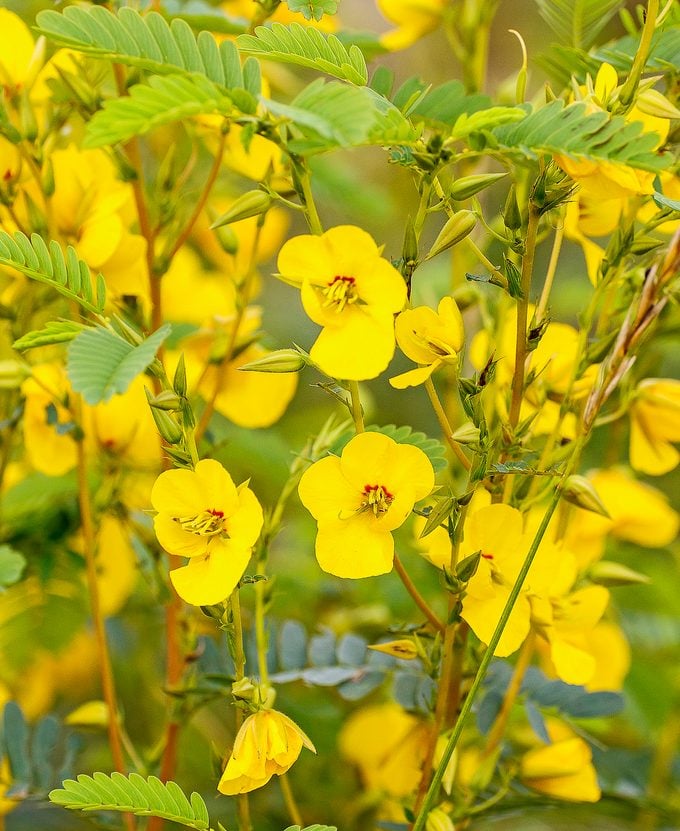
More favorites to try for specific butterflies:
- Eastern red cedar, Juniper hairstreak
- Partridge pea, Cloudless sulphur
- Pawpaw, Zebra swallowtail
- Pearly everlasting, American lady
- Pipevine, Pipevine swallowtail
- Prickly ash, Giant swallowtail
- Thistle, Painted lady
- Milkweed, monarchs
- Parsley, Black swallowtail
- Snapdragons, Common buckeye
- Leadplant, Southern dogface
- Spicebush, Spicebush swallowtail




















